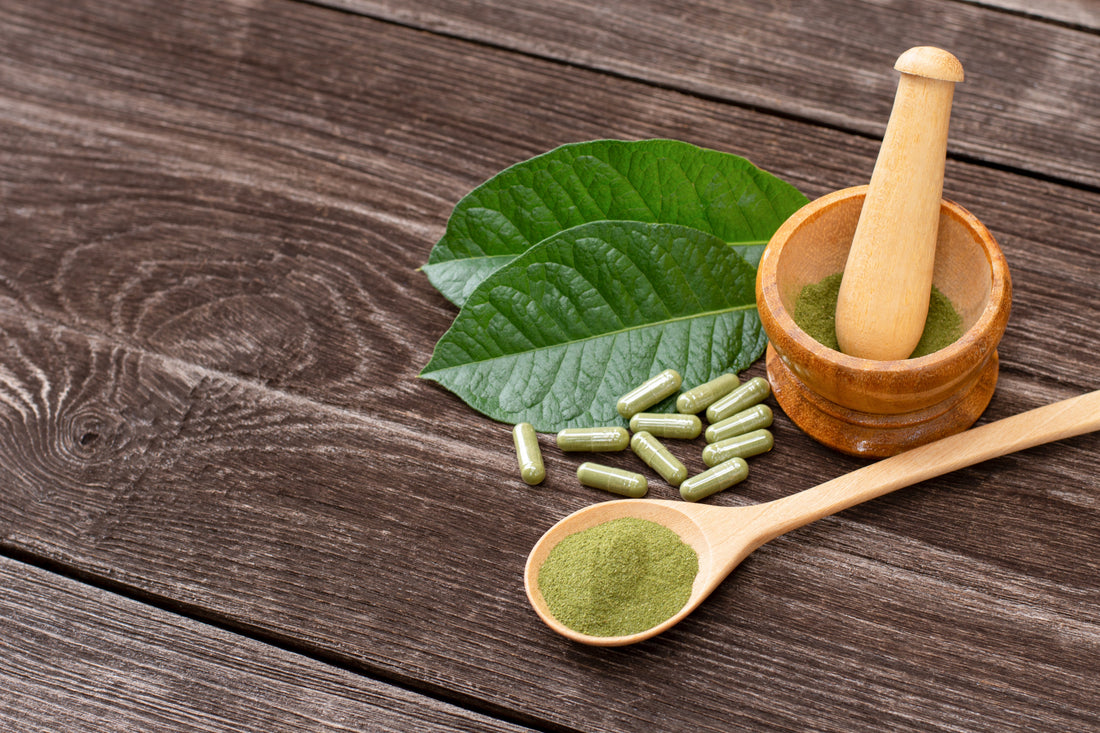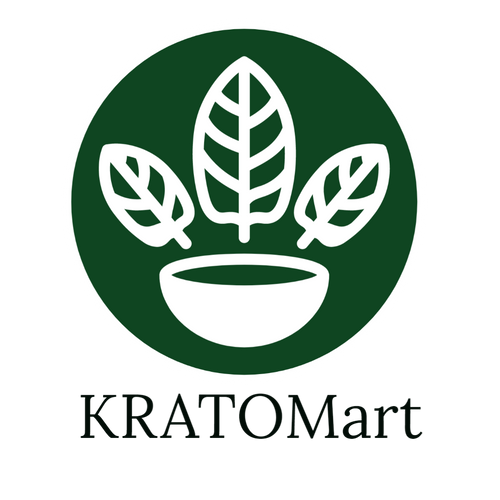
How is Kratom Processed?
Kratom, scientifically known as Mitragyna speciosa, is a tropical evergreen tree native to Southeast Asia. The leaves of the kratom tree contain psychoactive compounds, including mitragynine and 7-hydroxymitragynine. The processing of kratom typically involves several steps:
-
Harvesting: Kratom leaves are harvested from mature trees. The leaves vary in color, with red, green, and white being the most common varieties. The color is often an indication of the maturity of the leaves and the alkaloid content.
-
Drying: After harvesting, the leaves are typically spread out in the sun or placed in large drying sheds. The drying process helps reduce moisture content and preserve the alkaloids in the leaves. The specific drying method can influence the color and properties of the final product.
-
Curing (Fermentation): Some kratom varieties undergo a fermentation or curing process after drying. This step involves allowing the leaves to ferment in bags or containers for a specific period. This process is believed to enhance certain alkaloids and alter the chemical composition of the leaves.
-
Grinding: Once the leaves are dried and cured, they are ground into a fine powder using industrial grinders. The grinding process produces the powdered form of kratom that is commonly consumed. The fineness of the powder can vary, affecting how easily it dissolves in liquids.
-
Packaging: The powdered kratom is then packaged and distributed for sale. It may be sold in bulk or pre-packaged in capsules, which are a convenient and measured way of consuming kratom.
